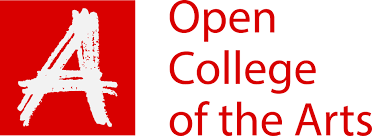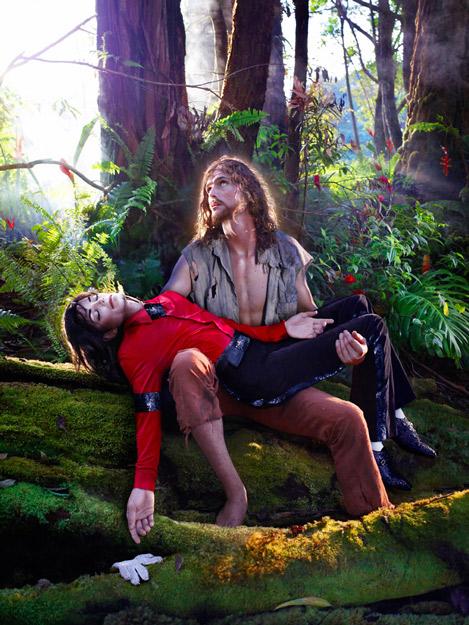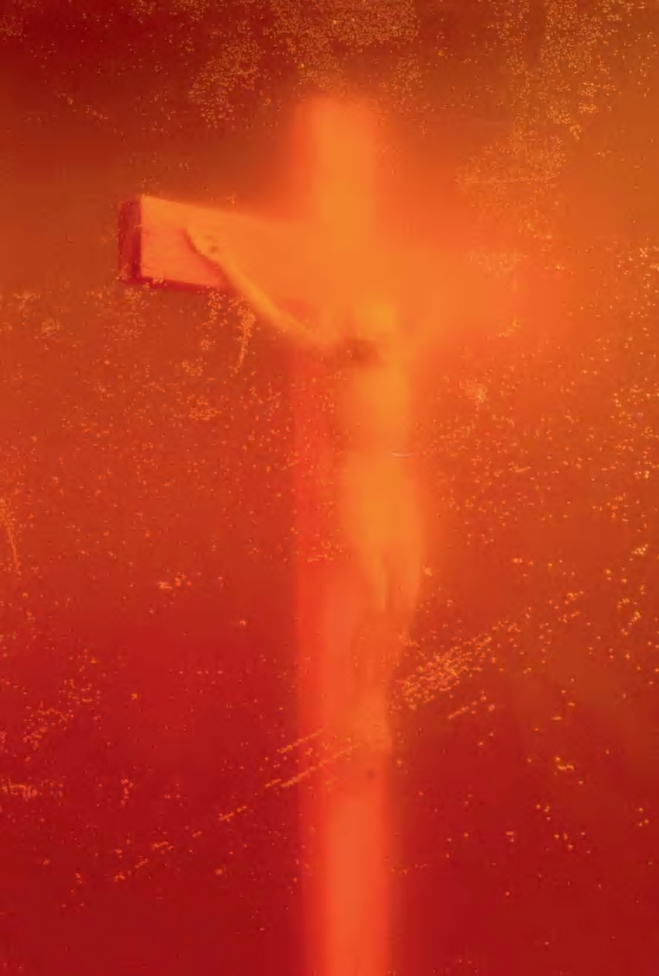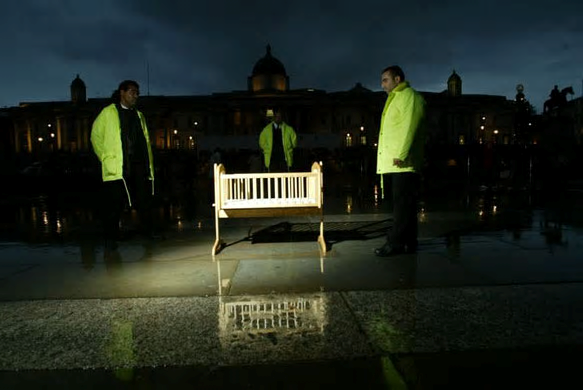Submission Summary
- Learning Log menu on the left for all coursework, assignments and research
- Printed submission for Assignments 1, 2 and 5 contained in A3+ black print box
- Assignment 3 eBook can be found at: http://online.pubhtml5.com/roqo/qfzt/
- Assignment 4 essay, tutor reports and this summary statement on GDrive
Submission Statement
On reviewing my progress in this module I realised how much of myself is contained within it. I suppose all artistic work incorporates an unconscious bias in terms of the subjects conveyed and the presentation style. However, on commencing the course I thought the main challenge of photography was to capture something in a way not seen before. There is an element of that but I have realised, through the two modules I have studied to date, the creative possibilities of conveying feelings and narratives.
In Two Sides of the Story I gave away my political allegiance. In Photographing the Unseen I dug into my past presenting to the outside world aspects previously only known to close family. I wasn’t brave enough to be seen in Putting Yourself in the Picture but allowed the viewer in to my home and to see my pastimes. My childhood returned for Reading Photographs in the form of Abelardo Morell’s Toy Horse. My present self came to the fore in Making It Up where the lens captured a contemplative moment.
I surprised myself with the personal nature of the assignment submissions especially as the syllabus began with documentary, which I had initially seen as presenting someone else’s story. As I progressed through Photographing the Unseen I chose myself as the subject in Can You See Me Now as an alternative to choosing generic subjects such as the environment or capitalism. This was a difficult decision to bring my past in to the present but it felt like the right thing to do at this time in my life. This was an important and influential step in producing my final piece, Out of Time, for the Making it Up assignment.
Although rework was not applicable for my first assignment, tutor feedback emphasised the need to concentrate on delivering the intention. The second assignment was well received by my tutor. I removed the superfluous captions as my tutor felt the story was already contained within each image. Unfortunately I went to the other extreme on assignment three, resulting in what my tutor described as an unclear narrative. Adding a textual device and varying the layout of the eBook improved this aspect. The addition of a proper title, 21st Century Man, added further context to the submission. My critical essay The Colours of Childhood required a lot of research and the writing of many drafts. The reworked version was improved by removing a 19th century reference and instead expanding on a 1980s Paul Graham reference contemporaneous with the image being analysed.
Early on in the course I had discounted researching my tutor’s recommendations. I looked at them but none were inspiring me to the extent of putting in my time and energy. When my tutor recommended Peter Fraser, however, I started to see the value in researching work that I didn’t understand or like. This was most evident with Nigel Shafran’s Washing Up series. I was initially critical of this work but chose a similar mundane approach for assignment three. This helped me understand the decisions and difficulties in producing images of this type. Gregory Crewdson and Teun Hocks were major influences for my final assignment image where I combined a cinematic psychological scene with a self-portrait.
I feel my emergence in to view at the end of this module mirrors my progression as a photography student. Gaining the skills and confidence to direct models and actors will be my next challenge.





 DSC_7337 on Day 3 (Part 2) was my pick. This was selected because my expression offered an ambiguity in what I was thinking when looking in to the light. I ultimately favoured the poses where I had my back turned to the Bible. My gaze in to the light was a questioning look towards God. By staring up and away it extends the interest outside of the frame. Additional post processing to the image is detailed below.
DSC_7337 on Day 3 (Part 2) was my pick. This was selected because my expression offered an ambiguity in what I was thinking when looking in to the light. I ultimately favoured the poses where I had my back turned to the Bible. My gaze in to the light was a questioning look towards God. By staring up and away it extends the interest outside of the frame. Additional post processing to the image is detailed below.







































